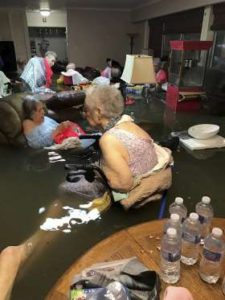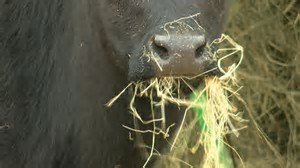I want to talk about the seasons of the year for a brief moment.
What that has to do with retirement and the happy trail on which my wife and I are embarking will become apparent quite soon.
I’m normally a Spring Man. Spring historically has been my favorite season of the year. It’s the season of renewal after long, cold and occasionally damp winters on the High Plains of Texas, where we have lived for the past 22 years.
The grass miraculously starts turning green. The trees regain their foliage. The rain comes — often in torrents. The playas fill with water. And, yes, the wind blows hard.
This year might bring a different appreciation for another season.
Autumn arrived just a few days ago throughout the northern hemisphere of Planet Earth. We’ve had a good summer on the High Plains. We’ve had unseasonably heavy moisture, which has cut down on our water usage.
This autumn, though, is a season of immense transition for my wife and me. We’re preparing to relocate to points southeast of here. You see, we’ve been telling family members, friends and even people we barely know that we are being pulled in that direction by a 4-year-old girl who just happens to be our granddaughter, Emma. You’ve read about her on this blog.
But first things first. This time of transition is occurring as autumn moves forward. The transition requires considerable preparation for the move that’s pending.
We have lived in our house for nearly 21 years. It’s the longest span of time either of us has ever called a single place “home.” Our 46 years of marriage, moreover, have enabled us — if that’s the right verb — to acquire a lot of possessions. We’ve stuffed them into this house we’ve occupied for more than two decades. We have jettisoned a lot of it already. There’s more to go as we prepare to “downsize” to a more livable arrangement befitting a retired couple looking to spend more time with their granddaughter.
Given that retirement has given us ample time to do all these things, the task at hand now requires us to buckle down and commit to getting it all done before too much more time passes. I consider it a mix between a blessing and a curse in this post-working aspect of one’s life.
I get asked all the time, “Are you now fully retired? Or are you still doing this and that?” I am fully retired. Period. Next question.
That doesn’t mean I have nothing to do. I have plenty of tasks ahead of me. I merely await my marching orders from my much better — and more organized — half.
This transition awaits. Depending on how it all goes in short order, I might find myself a year from now forsaking spring as my favorite season and falling madly in love with autumn.







